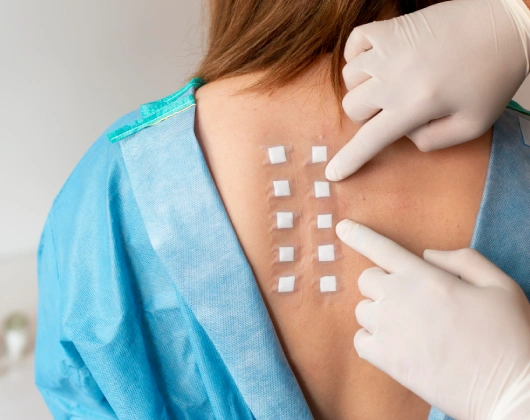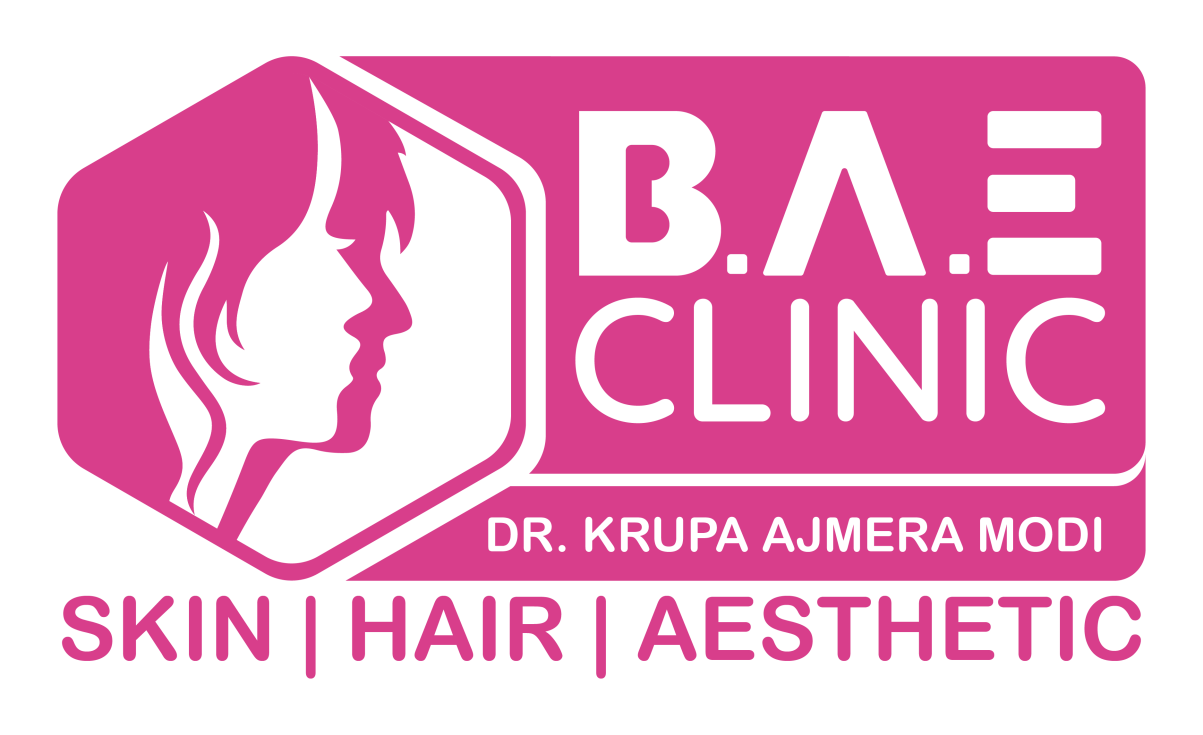
Patch Test
A patch test is a simple way of checking whether your skin will react to new products such as cosmetics, soaps, moisturizers, or topical medications. Patch testing is a common way to check for a variety of allergies.
Importance
- The reason you should patch-test a product before you use it is to avoid the potential severity of an allergic reaction.
- Allergies can cause anything from minor redness to painful swelling or worse.
- Patch testing is important because it will help you to be sure that you can safely use a new skincare product.
Patch Testing Steps
Patch testing is simple. Just keep in mind that you’ll need to set a day aside if you want to do your patch test properly. Follow the steps below.

Use a Clear Patch of Skin
Choose an accessible and clear patch of skin to test whatever the product is. It should be somewhere that you can comfortably leave alone for up to 24 hours. The skin around the crook of your elbow is a good example of the kind of area you can use.

Wash the Area First
Wash and clean the patch of skin you’re going to use first. If there is a reaction, you will want to be sure that it’s the new product you applied and not something else. So make sure to clean the area before you begin.

Apply a Small Amount to the Skin
Apply a small amount of the product to the patch of skin you’ve chosen, and cover the area with a bandaid.

Wait 24 Hours
You should ideally allow about 24 hours before removing the bandaid. However, if you experience any pain, burning or itching, you should remove the bandaid and wash the affected area right away.
Frequently Asked Questions
What You’re Looking For?
- If you’re allergic to the product it will be pretty easy to tell. When you first remove the bandaid, you may notice some pink or red color from the band-aid itself, but this should fade after a short while. If the redness does not fade, then you may have a mild allergy. If the skin is red, raised, itchy, or covered with a rash, then it is likely you have a severe allergy to the product. If you’re not sure, or you’ve had severe reactions to skincare products in the past, it’s a good idea to talk to your doctor or an allergy specialist.
